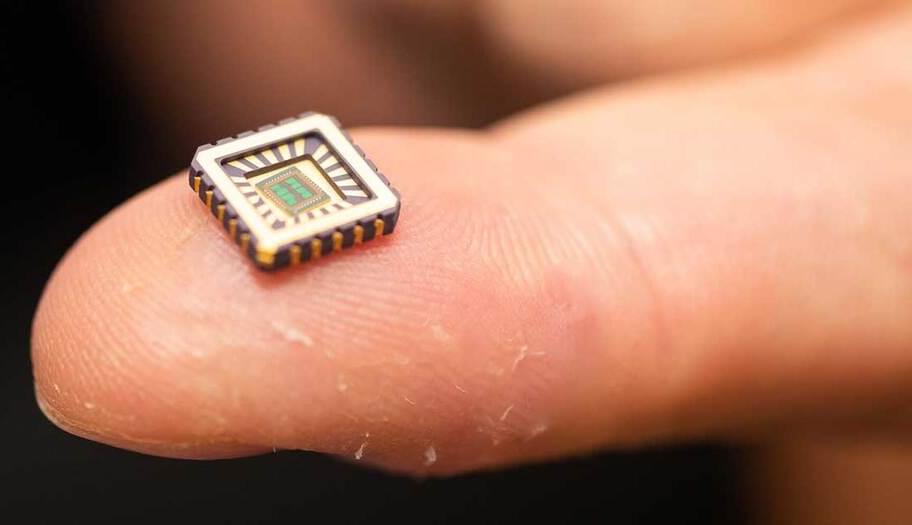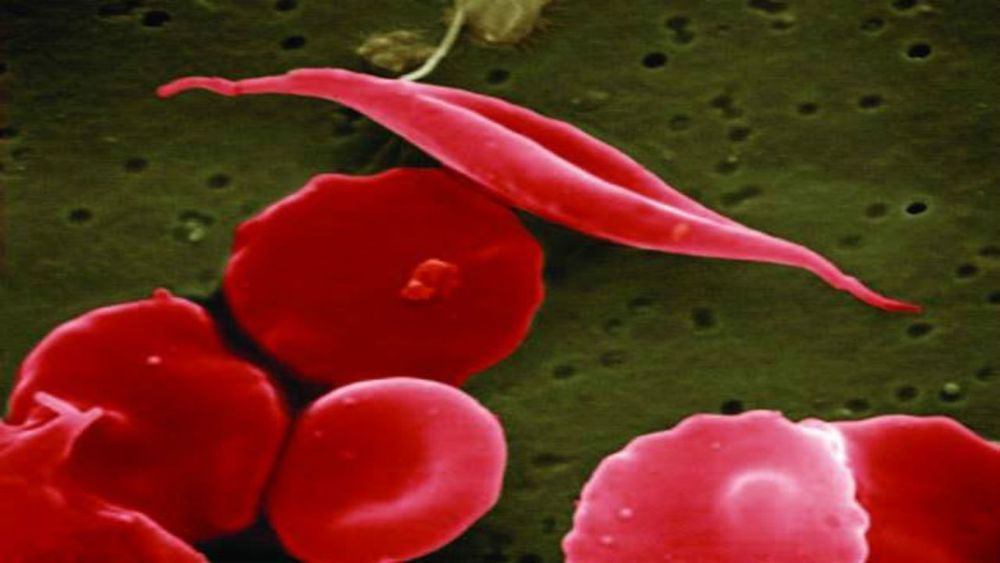Ketamine, once known for its “club enhancing” effects, is now an FDA approved antidepressant, hope for many with treatment-resistant depression.


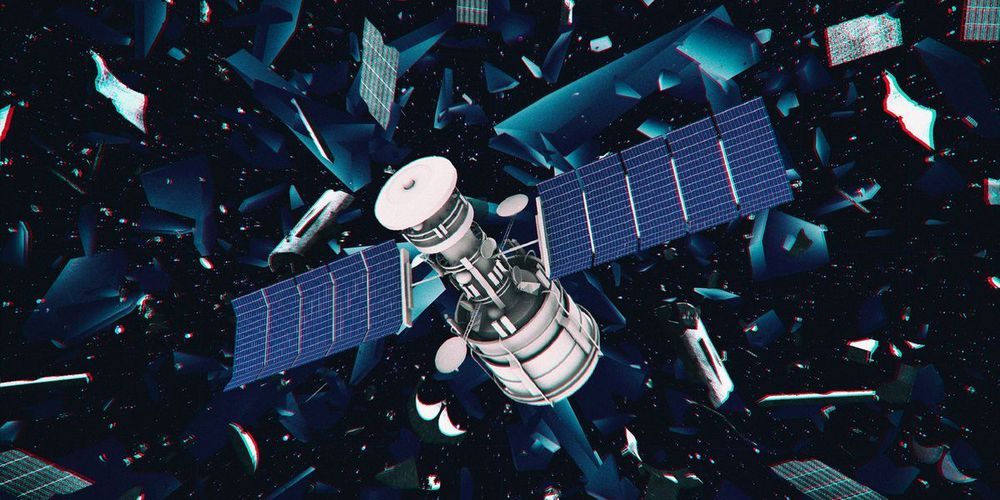
As the number of satellites and space junk in orbit continues to increase, so do the chances of these human-made objects colliding with one another, potentially creating more debris that could threaten other healthy spacecraft. Now, a new tool shows just how crowded Earth orbit is by tracking space objects through their close calls every couple of seconds.
Called the “Conjunction Streaming Service Demo,” the graph tool illustrates in real time the sheer number of space objects — out of an assortment of 1,500 items in low Earth orbit — that get uncomfortably close to one another in a period of 20 minutes. While the X-axis keeps track of the time, the Y-axis shows the short distance between two approaching space objects, ranging from five kilometers to the dreaded zero kilometers. On the graph is a series of arcs demonstrating when two pieces of debris rapidly move toward one another, make their closest approach, and then speed away.
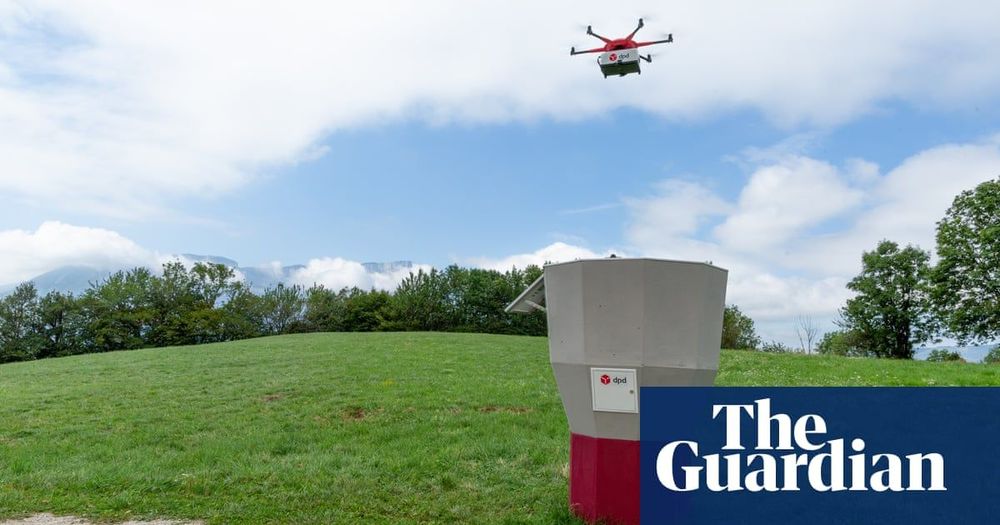
France’s postal service has begun using drones to make parcel deliveries to a remote Alpine village.
La Poste’s subsidiary, DPD, says flying packages by remote control is more reliable, quicker and safer than driving a van up narrow mountain roads in winter when they are often icy or blocked by snow.
The delivery by drone, which flies at around 30km/h, takes eight minutes for a round trip, compared with 30 minutes for a vehicle.
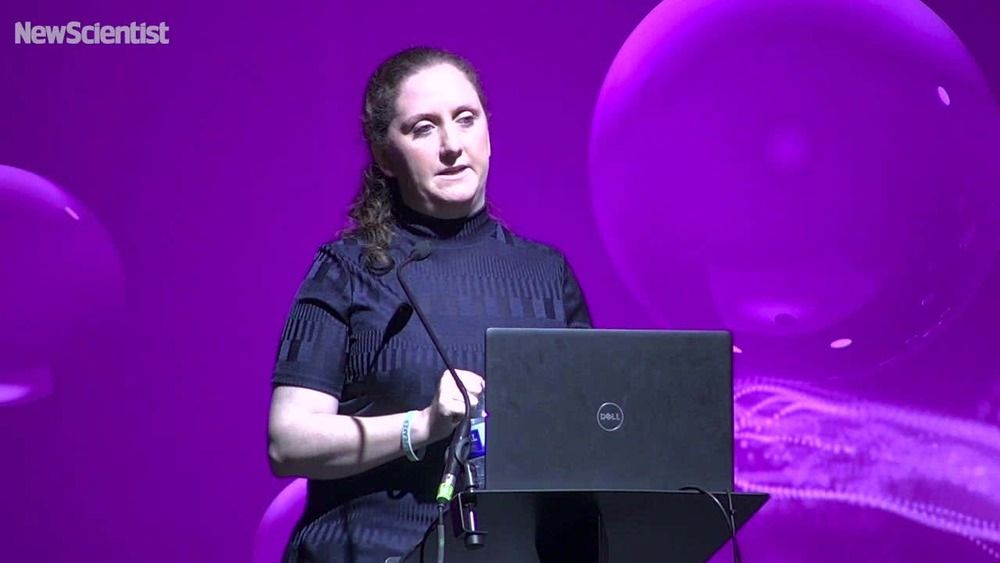

There’s some irony in the fact that the darkest objects in the sky — black holes — can be responsible for some of the Universe’s brightest light. Simulations of the magnetic fields surrounding black holes and neutron stars have now provided new insights into their astonishing brilliance.
Astrophysicists from Columbia University in New York have developed a model that shows how electrons taking a cosmic roller coaster-ride through magnetic turbulence can generate surprisingly energetic waves of radiation.
Applied to the swirling chaos surrounding dense objects such as black holes, it helps to explain why we see them glow with a ferocity that so far defies explanation.

A heart transplant team at Duke University, North Carolina, has become the first in the US to reanimate the heart of a deceased donor and transplant it into a recipient.
Image Credit: Csaba Deli / Shutterstock.com

Some people hope to cheat death by storing their consciousness digitally. Science isn’t quite there yet, but we’ve done enough brain and memory research to have immediate implications – and to start asking uncomfortable questions.
The idea of attaining de facto immortality by translating your brain into code and storing your personality as a digital copy online has been captivating people’s imagination for quite some time. It is particularly popular among transhumanists, people who advocate enhancing human intellect and physiology through the most sophisticated technology available.
As the most technologically advanced nations around the world pour resources into brain studies and yesterday’s science fiction becomes reality, it might seem that humanity is nearing a breakthrough in this field. Could the ability to become a “ghost in the shell” – like in the iconic cyberpunk Japanese manga, or the 2017 film – be just around the corner?
